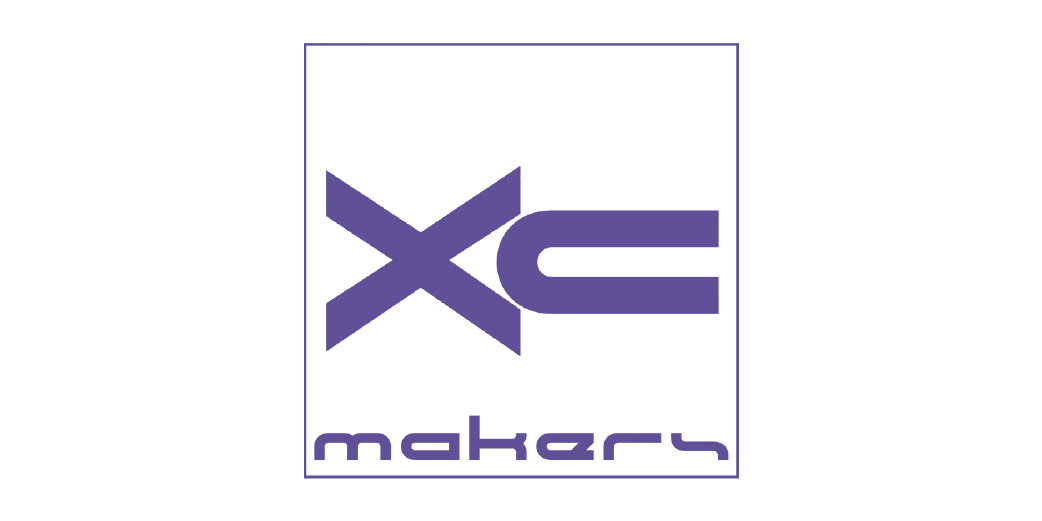E-Lithium
For the last 20 years, two different kinds of lithium-ion batteries have been duking it out for supremacy: nickel manganese cobalt (NMC), and lithium iron phosphate (LFP). They both typically have anodes made of graphite; the difference is in the composition of the cathode. The conventional wisdom was that NMC, with its superior energy density, was ascendant and that LFP was going to fade to niche status. But in the last five years, LFP has roared back and captured almost half the market, partly because it is composed of benign and easy-to-source materials (in sharp contrast to, say, cobalt).
Analysts project enormous growth in the LFP market in coming years. From the US perspective, LFP has two big remaining drawbacks. First, it still can't match NMC's energy density. And second, perhaps most significantly, the production of LFP cells is almost entirely dominated by China.
In light of this, LATAM has made progress in consolidating an international consortium to build LFP industrial plants outside of China.
XC SpV will lead this project, which will mark a milestone in the industry, as it will be the first to position itself in new markets for advanced materials in Chile and the region. Climate change and the low-carbon transition are drastically changing the energy paradigm. A critical aspect is the burgeoning demand for lithium-ion batteries and the massive amount of minerals and metals that will be required to create them.
